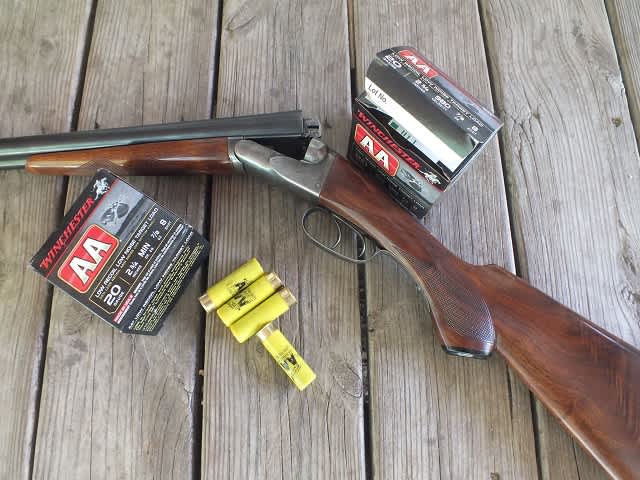Winchester Low Recoil/Low Noise AA Target Load
Lewis Creek Shooting School 10.31.12

As a shotgun instructor, one of my biggest problems teaching women and youth is balancing recoil against the ability of a shell to break clay targets. I ruled out the .410 and 28 gauge a long time ago as training guns. The .410 has low recoil but requires precise shooting to consistently break targets. The 28 is capable of low recoil and breaking targets but costs about twice the price of 20 gauge shells.
The problem is that normal 7/8-ounce loads still deliver a bit too much recoil for really timid or small gunners. Recoil and noise reduce the number of shots a new shooter can handle in a training session and if you exceed that comfort level, you risk getting the new shooter into the nemesis of successful shotgunning: flinch.
I’ve used different trainer loads over the years, most carrying a payload of 3/4 ounces. These shells will break the target but carry about 15% less shot than a standard load, reducing the new shooter’s chance to break the target and, therefore fail to gain much needed confidence.
Winchester’s new AA Low Recoil/Low Noise shell may be the best compromise yet. Similar in recoil to a 3/4-ounce 28 gauge load, this new shell for new shooters generates, to my estimation, about a third less noise. The report sounds like an under-loaded shell yet targets break cleanly and I can’t detect appreciable changes in lead. I used them with a new shooter this week and, after the session, I allowed her to try a regular shell. She was amazed at the difference both in sound and felt recoil.
At 980 feet per second, these shells are about the same velocity as other trainers I’ve been using but the extra shot has to make a difference in scores at the end of a session. They are noticeably quieter than other trainers and that can reduce flinching problems, since noise can be as much a factor as recoil with some shooters.
A great bonus is that these shells will be great for vintage gunners who want to shoot lighter loads in old guns to keep pressures down and protect 100-year old stocks.

